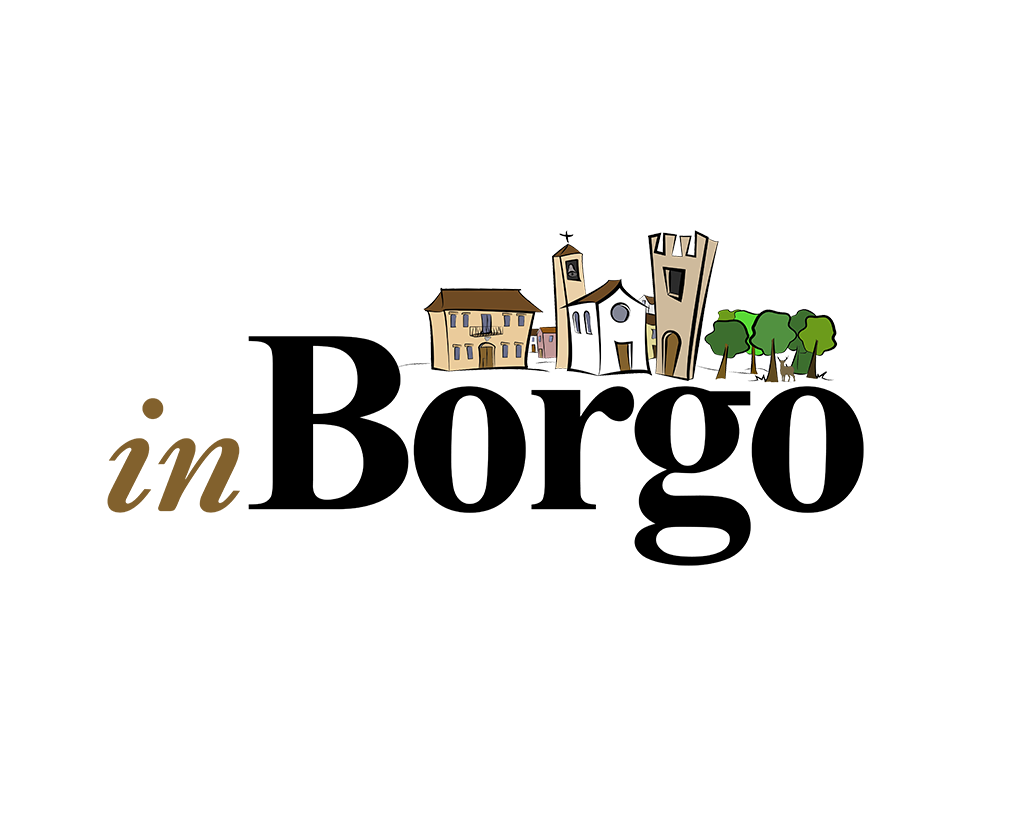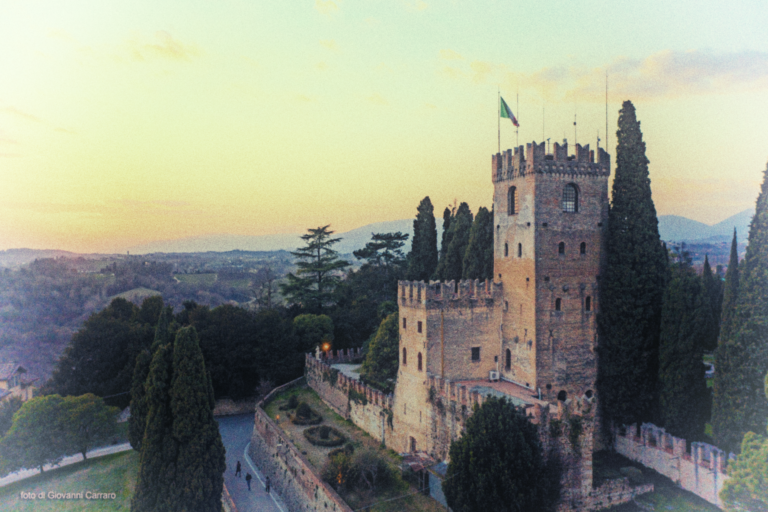
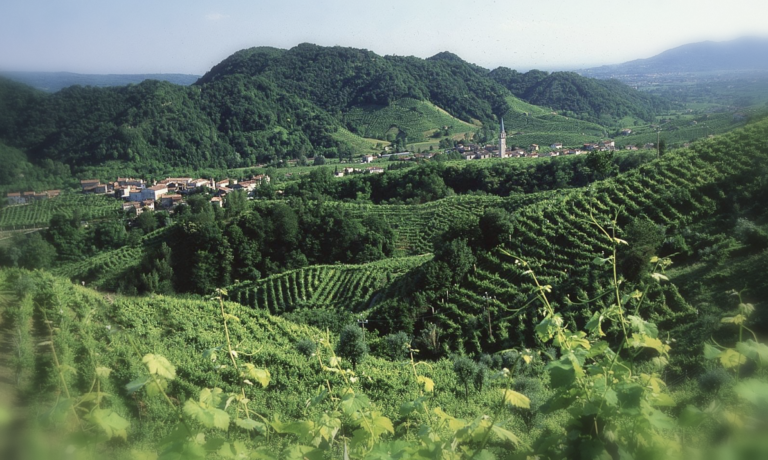
La storia più antica di Conegliano risale all’epoca romana, quando era un piccolo insediamento noto come Confluentes. Nel corso dei secoli, la città crebbe e si sviluppò, fino a ottenere lo status di città nel Medioevo.
Durante il Rinascimento, Conegliano divenne un centro di cultura e di apprendimento, con molti artisti, studiosi e intellettuali famosi. Il più conosciuto di questi,fu l’umanista e poeta Giovanni Boccaccio, che visse in città per un alcuni anni e quì scrisse molte delle sue famose opere.
Uno degli aspetti più notevoli dell’arte e dell’architettura di Conegliano sono le numerose chiese e gli edifici religiosi che si trovano in tutta la città. Tra questi spicca il convento di San Francesco, ora centro culturale. Poi la Chiesa di Santa Maria delle Grazie e la Chiesa di San Giovanni (in stile romanico).
Mentre l’edificio civile più importante che testimonia l’importanza della città è la sua fortezza. Le più antiche notizie risalgono al XII secolo. Della struttura originaria e della sua evoluzione è possibile fare delle ricostruzioni solo sulla base di testimonianze pittoriche: infatti, dell’originario complesso del castello oggi sopravvivono soltanto la torre della Campana, parte dell’antico duomo e parte della cinta muraria. All’interno possiamo visitare il museo civico. Esso è diviso in varie sezioni dove è possibile ammirare dipinti al primo piano, resti romani al secondo, mentre nell’ultima parte lo spazio è dedicato a personalità storiche locali.
Un altro aspetto importante dell’arte e della cultura di Conegliano è la sua lunga tradizione vinicola. La città ospita numerose cantine famose ed è particolarmente nota per la produzione dello spumante Prosecco. La Scuola Enologica di Conegliano, fondata nel 1876, è la più antica d’Italia e ha contribuito a fare di Conegliano un importante centro di formazione e ricerca sul vino.
Oltre che per l’arte, l’architettura e la cultura del vino, Conegliano è nota anche per la sua splendida natura. La città si trova nel cuore della pianura veneta, circondata da dolci colline e pittoreschi vigneti. Le vicine Alpi Venete fanno da sfondo alla città e i fiumi e i torrenti circostanti offrono molte opportunità per attività all’aperto come la pesca e l’escursionismo.
The oldest history of Conegliano Veneto dates back to Roman times when it was a small settlement known as Confluentes. Over the centuries, the city grew and developed, eventually achieving city status in the Middle Ages.
During the Renaissance, Conegliano Veneto became a centre of culture and learning, with many famous artists, scholars and intellectuals calling the city home. The most famous of these was the humanist and poet Giovanni Boccaccio, who lived in the city for a time and wrote many of his famous works there.
One of the most remarkable aspects of Conegliano Veneto’s art and architecture are the numerous churches and religious buildings found throughout the city. Prominent among these is the Convent of San Francesco, now a cultural centre. Then there is the Church of Santa Maria delle Grazie and the Romanesque-style Church of San Giovanni.
While the most important civil building that testifies to the town’s importance is its fortress. The oldest records date back to the 12th century. It is only possible to make reconstructions of the original structure and its evolution on the basis of pictorial evidence: in fact, of the original castle complex, only the Bell Tower, part of the ancient cathedral and part of the walls survive today. Inside, we can visit the civic museum. It is divided into several sections where you can admire paintings on the first floor, Roman remains on the second, and the last part is dedicated to local historical figures.
Another important aspect of Conegliano Veneto’s art and culture is its long wine tradition. The city is home to many famous wine cellars and is particularly known for the production of Prosecco sparkling wine. The Scuola Enologica di Conegliano (Conegliano School of Oenology), founded in 1876, is the oldest school of oenology in Italy and has contributed to making Conegliano Veneto an important centre for wine education and research.
In addition to art, architecture and wine culture, Conegliano Veneto is also known for its beautiful nature. The city lies in the heart of the Veneto plain, surrounded by rolling hills and picturesque vineyards. The nearby Venetian Alps form a backdrop to the city and the surrounding rivers and streams offer many opportunities for outdoor activities such as fishing and hiking.
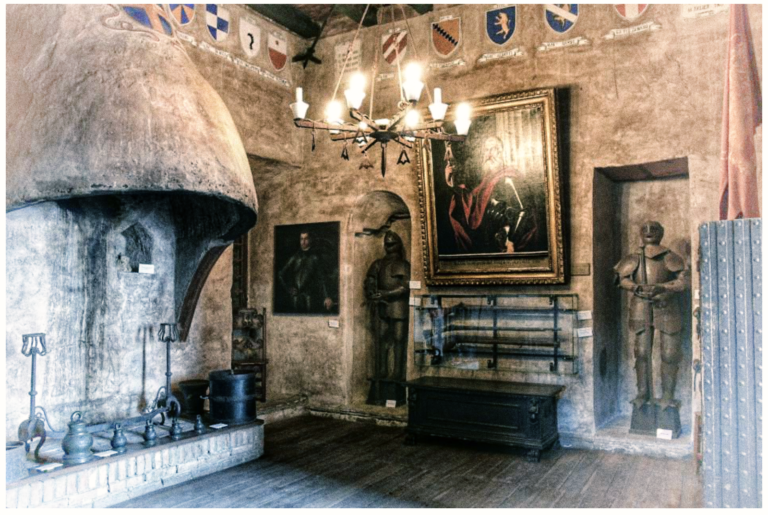
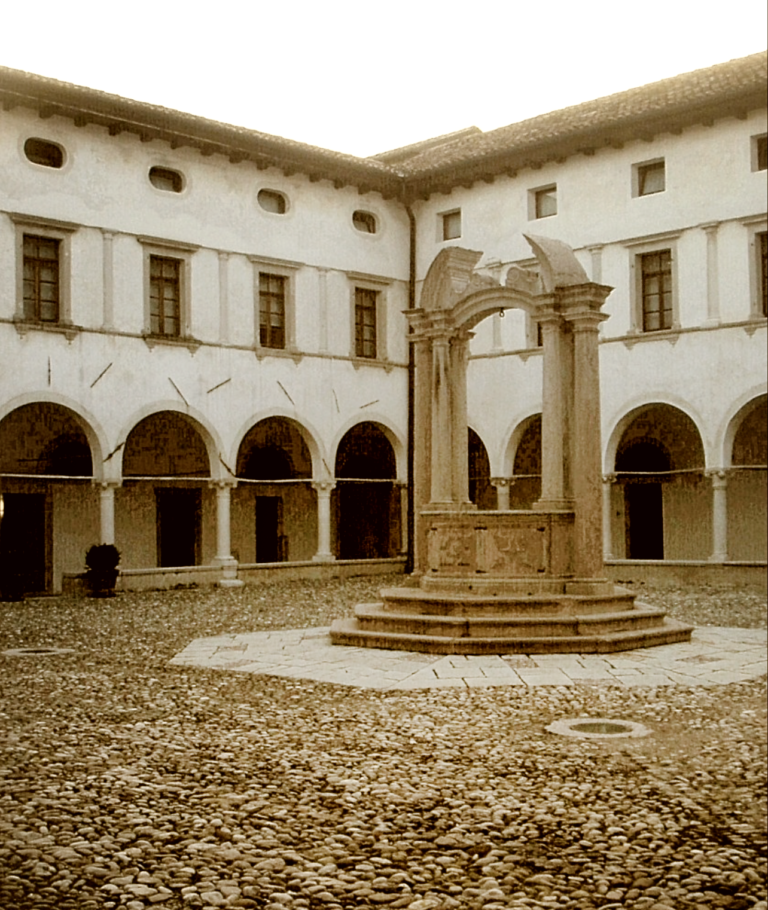
Comune di Conegliano
Piazza Giovanni Battista Cima, 8
Telefono: 0438 4131
